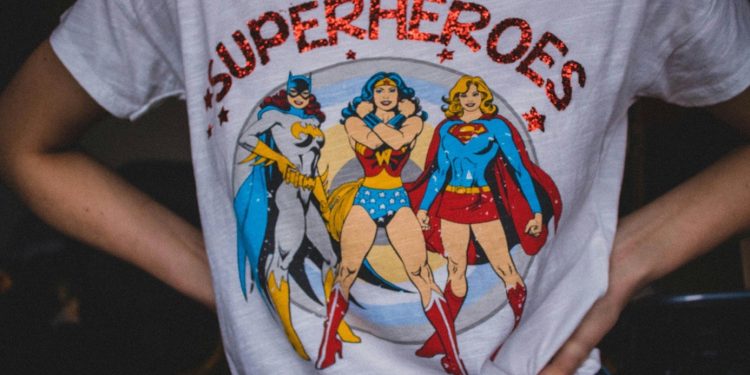Direct-to-Film (DTF) transfers have become a game-changer in the world of custom apparel and printing. With their vibrant colors, incredible detail, and compatibility with various fabrics, it’s no surprise that more creators and businesses are turning to DTF for their printing needs. However, as simple as DTF may seem, there are a few common mistakes that can ruin the final result—or worse, waste your time and materials. Whether you’re a seasoned pro or just starting out, here are some key mistakes to avoid when working with custom DTF transfers.
- Skipping the Pre-Press Step
One of the most overlooked steps is not pre-pressing the garment before applying the transfer. Moisture and wrinkles in the fabric can interfere with adhesion, causing your print to lift or crack prematurely. A quick 5-second press without the transfer helps flatten the surface and remove any residual moisture, setting the stage for a perfect press.
- Wrong Temperature or Pressure Settings
Not all heat presses are created equal, and neither are their settings. Applying the wrong temperature or pressure can lead to undercooked or overcooked transfers. Always follow the supplier’s instructions precisely—most DTF transfers require a temperature around 300°F (150°C) with medium pressure for about 15 seconds. Don’t guess—test.
- Peeling Too Soon (or Too Late)
Timing matters when it comes to peeling the film backing. Peeling too early may lift part of the design, while peeling too late might cause the adhesive to cool and bond improperly. Make sure you understand whether the transfer requires a hot, warm, or cold peel.
- Not Storing Transfers Properly
Humidity, heat, or direct sunlight can damage your transfers before they’re even applied. Store them flat, in a cool, dry place, away from direct light or moisture. Think of them like stickers—they need to stay fresh to perform well.
- Ordering Without Testing First
If you’re planning to order custom DTF transfers in bulk, don’t make the rookie mistake of skipping a sample order. Designs may appear differently on fabric than they do on a screen. A small test run can help you catch design flaws, size issues, or color mismatches before committing to a large batch.
Final Thoughts
Using DTF transfers is straightforward once you understand the process, but avoiding these common mistakes can save you time, money, and frustration. Whether you’re making shirts for your brand or customizing gear for an event, taking the time to do it right makes all the difference. So, before you hit that button to order custom DTF transfers, be sure you’re set up for success.




























Discussion about this post